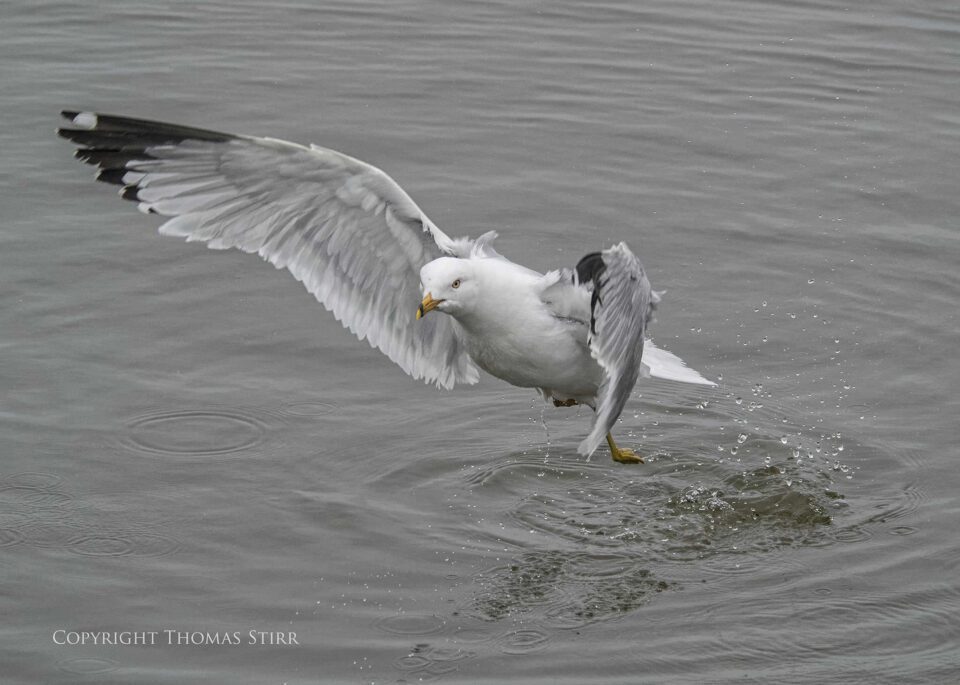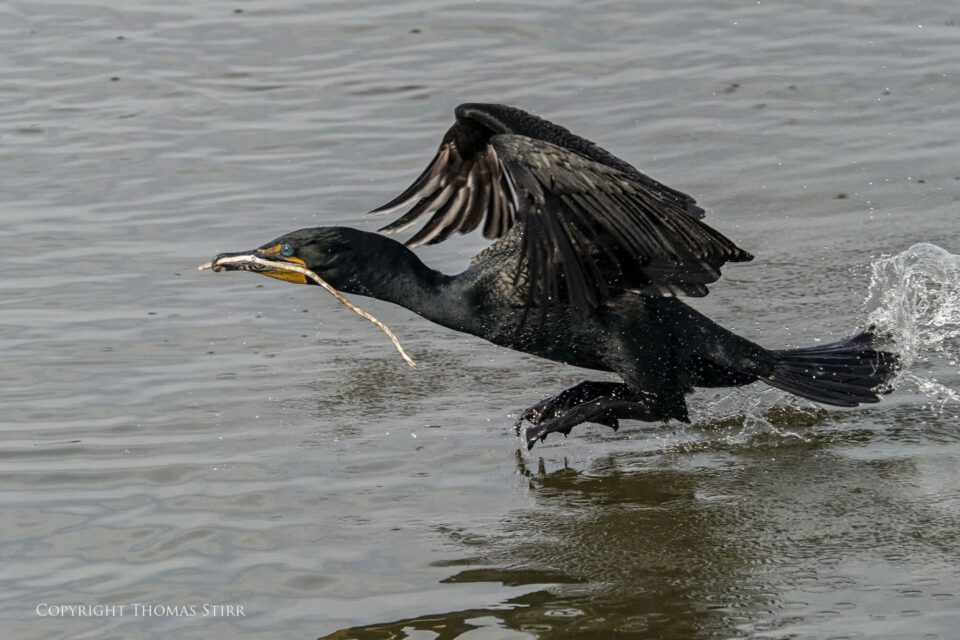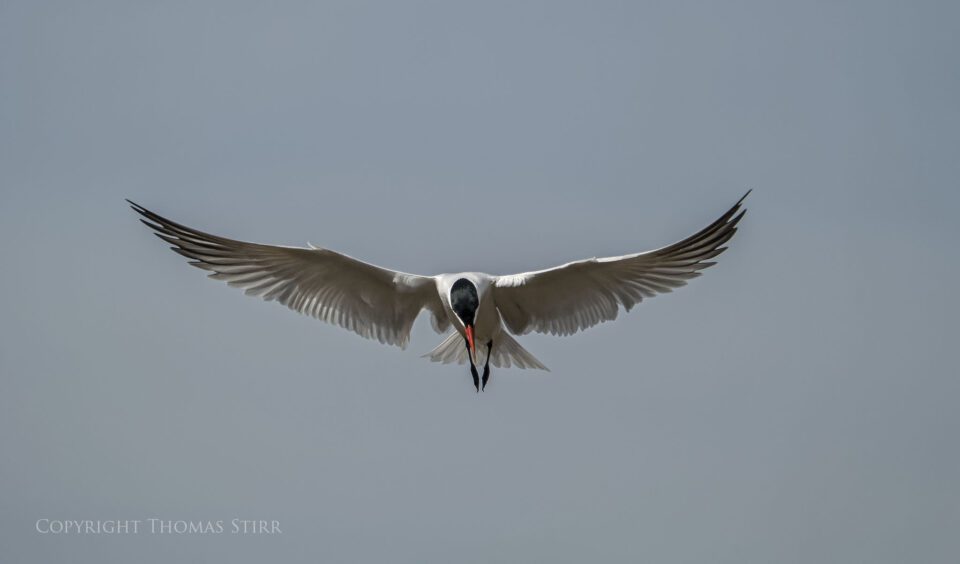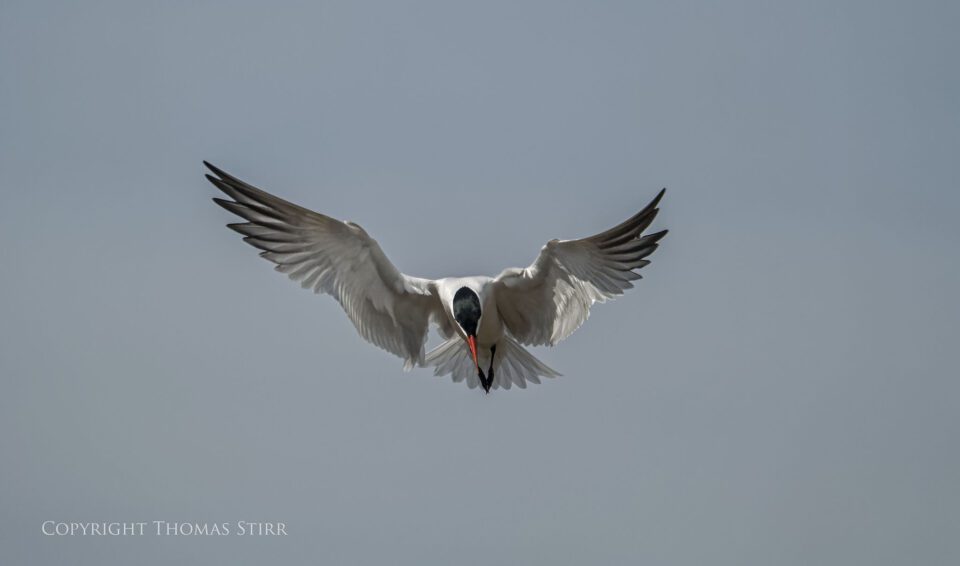I’ve been doing some experimentation the last little while photographing birds in motion at 60fps with my Nikon 1 V2. I thought Photography Life readers may enjoy seeing a few sample images captured at this fast frame rate. All images in this article are consecutive hand-held captures of individual birds.
Unlike shooting at 15fps which provides AF-C capability with my Nikon 1 V2, using the 60fps frame rate (or 30fps) does not allow for AF-C. At faster frame rates a Nikon 1 camera will use the focus of the first frame to lock the focus on all subsequent frames in the same image run.
In the past I have only used the fast frame rate capability of my Nikon 1 V2’s on a sporadic basis, usually reserving it for occasions when birds were landing at a nest. My fear, of course, was that since AF-C was not available that subsequent images in a run shot at 60fps would be out of focus.
I recently thought about this a little more and came to the conclusion that I may have been missing some big opportunities by not using the 60fps frame rate more often. At 60fps the 40 image buffer on my Nikon 1 V2 fills up in 2/3 of a second. The question became, “How far can a bird actually travel in 2/3 of a second and how much would that travel distance affect focus?”
What I discovered was that my focusing fears were mostly unfounded. Birds landing, taking off, hovering, or flying at a 90 degree angle to my position could all be captured at 60fps with very little concern about subsequent frames going out of focus. Not only do Nikon 1 cameras capture images at 30fps and 60fps, they do so at full image resolution.
This gives photographers a lot more opportunities to capture unique wing positions in their images. As you can see from the various photographs posted in this article using a frame rate of 60fps captures subtle differences in motion from frame to frame.
In the past I hadn’t really thought about how the rhythmic motion of a bird’s wings when flying or hovering would interact with the frame rate at which images are captured. After some experimentation I discovered that the selection of different wing positions was actually somewhat limited when shooting at 15fps due to the interaction of the rhythmic motion and frame rate.
For example, when shooting terns hovering over a target fish I would end up with recurring wing positions every 5th frame. I could shoot long 15fps AF-C runs and fill my 40 image buffer as many times as I wanted, but I’d only end up with 4 unique wing positions in each run. This will vary by bird species and the frame rate used.
Photographing that same tern behaviour but switching to a 60fps frame rate resulted in recurring wing positions every 15th frame, giving me far more variety in my image captures. For folks wanting to see more images shot at 60fps I have a number of recent articles on my blog, as well as an article about rhythmic motion and frame rate.
Depending on subject matter and my image objectives I won’t have any hesitation to use 60fps when shooting birds in flight with my Nikon 1 V2 in the future.
Article and all images are Copyright Thomas Stirr. No use, adaption or reproduction of any kind is allowed without express, written consent. Photography Life is the only approved user of this article. If you see it reproduced anywhere else it is an unauthorized and illegal use.
The post Photographing Birds in Motion at 60fps appeared first on Photography Life.














